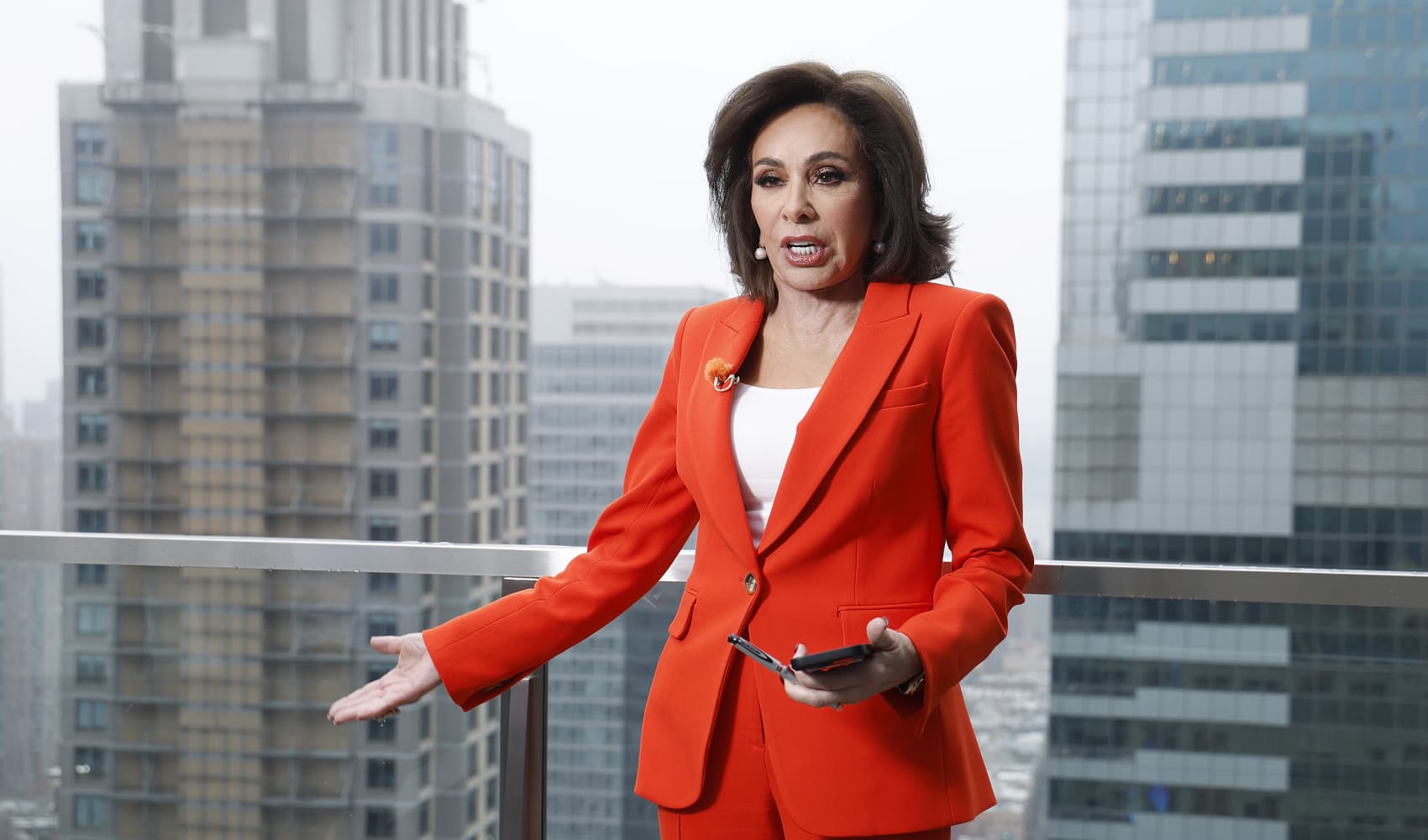Trump's First 100 Days: Tariffs, DOGE Cuts & Crackdowns
DOGE Cuts, Tariffs & Crackdowns: Trump's First 100 Days by the Numbers (Again!)
Introduction: Deja Vu All Over Again?
President Donald Trump is back in the White House, and the first 100 days have been… well, let's just say they've been eventful. It's like watching a familiar movie with a slightly different cast, but the same plot twists. We're seeing a whirlwind of executive orders, policy shifts, and legal battles, all happening at warp speed. Are you ready to dive into the numbers behind this political rollercoaster? It's a wild ride, folks!
DOGE Cuts: A Barking Mad Proposal?
What are DOGE Cuts?
One of the most talked-about policies is the proposal for substantial cuts to discretionary government spending, often referred to as "DOGE Cuts" (no, not related to the meme, though the volatility might be similar). These cuts aim to reduce the national debt and streamline government operations. Think of it as a financial diet for Uncle Sam – a potentially painful but, in theory, necessary step.
By the Numbers: How Deep Will They Go?
Reports suggest potential cuts ranging from 5% to a staggering 20% across various agencies. What does this mean in real terms? Fewer resources for environmental protection, education, scientific research, and social programs. The exact figures are still being debated, but the magnitude of these potential cuts is undoubtedly significant.
Impact Analysis: Winners and Losers
Who benefits from these cuts? Proponents argue it will boost the economy and reduce the burden on taxpayers. But what about the potential downsides? Reduced services, job losses, and hindered innovation. It's a balancing act with potentially far-reaching consequences.
Tariffs: America First, But At What Cost?
The Tariff Tango: A Global Trade Showdown
Tariffs are back in the spotlight, with the administration threatening (and sometimes implementing) tariffs on goods from various countries. The goal? To protect American industries and bring jobs back home. But is this a smart strategy, or are we heading for a global trade war?
Numbers to Watch: Import and Export Figures
Keep an eye on import and export numbers. Tariffs tend to increase the price of imported goods, potentially leading to inflation. They can also provoke retaliatory tariffs from other countries, hurting American exporters. It's a complex web of economic cause and effect.
Case Study: The Impact on Key Industries
How are these tariffs affecting specific industries? Agriculture, manufacturing, and technology are all feeling the pinch. Farmers, for example, could face decreased demand for their products if other countries retaliate with tariffs on American agricultural goods.
Immigration Crackdown: Border Security and Beyond
Building the Wall: A Concrete Commitment?
Border security remains a top priority, with renewed efforts to build a wall along the U.S.-Mexico border. The administration is also tightening immigration enforcement, leading to increased deportations and stricter visa requirements.
Deportation Statistics: Tracking the Trends
Deportation numbers are a key indicator of the administration's immigration policies. Are deportations increasing? Who is being deported? These statistics paint a picture of the human impact of these policies.
The Economic Impact of Immigration Restrictions
What's the economic impact of restricting immigration? Some argue it protects American jobs and wages, while others contend it hurts the economy by reducing the labor pool and stifling innovation. It's a debate with strong opinions on both sides.
The Courts: A Check on Presidential Power?
Lawsuits Galore: A Legal Minefield
The administration is facing a barrage of lawsuits challenging its policies. From immigration to environmental regulations, the courts are playing a crucial role in shaping the direction of the country.
Supreme Court Showdown: The Ultimate Arbiter
Ultimately, many of these legal battles could end up before the U.S. Supreme Court. The court's decisions will have a profound impact on the future of American law and society. Will the policies withstand scrutiny from the U.S. Supreme Court — and will the administration abide by them?
The Separation of Powers: A Balancing Act
The court challenges highlight the importance of the separation of powers. The judiciary is meant to be a check on the executive branch, ensuring that the president doesn't overstep his authority. It's a fundamental principle of American democracy.
The Republican Congress: Allies or Enablers?
Speaker Johnson's Perspective: A View From the Hill
Republican House Speaker Mike Johnson maintains that Congress has not ceded any authority to the executive branch. But are they truly acting as a check on presidential power, or are they simply rubber-stamping the administration's agenda?
Legislative Action: What's Getting Done?
What legislation is the Republican-controlled Congress actually passing? Are they focused on supporting the president's priorities, or are they pursuing their own agenda? It's a crucial question for understanding the direction of the country.
Party Unity: Cracks in the Foundation?
Is the Republican Party united behind President Trump? Or are there cracks in the foundation? Internal divisions could make it more difficult for the administration to achieve its goals.
The Global Economy: Navigating Uncertain Waters
Trade Wars and Currency Fluctuations
The administration's trade policies are creating uncertainty in the global economy. Trade wars can lead to currency fluctuations, impacting businesses and consumers around the world.
International Relations: Allies and Adversaries
How are other countries reacting to President Trump's policies? Are alliances strengthening or weakening? The administration's approach to international relations will have a significant impact on global stability.
The Future of Globalization: A New World Order?
Is the administration reshaping the global order? Are we moving towards a more protectionist world, or will globalization continue to thrive? These are fundamental questions about the future of the global economy.
Public Opinion: Divided We Stand?
Approval Ratings: Tracking the Trends
President Trump's approval ratings provide a snapshot of public opinion. How do they compare to those of previous presidents at this stage in their term? Are they rising, falling, or remaining stable?
The Polarization of Politics: A Deep Divide
American politics are deeply polarized. This polarization makes it difficult to find common ground and address the country's challenges.
The Role of Social Media: Amplifying Voices
Social media plays a powerful role in shaping public opinion. It can amplify voices, both positive and negative, and contribute to the polarization of politics.
Conclusion: 100 Days Down, Many More to Go
So, what have we learned from the first 100 days of President Trump's second term? We've seen bold policy proposals, legal challenges, and a reshaping of the global landscape. The numbers tell a story of significant change, but the long-term impact remains to be seen. Buckle up, folks, because the next chapter is sure to be just as eventful.
Frequently Asked Questions (FAQs)
- What are the potential consequences of the proposed DOGE Cuts?
The DOGE Cuts could lead to reduced government services, potential job losses in the public sector, and decreased funding for programs such as education and environmental protection. However, proponents argue they could also reduce the national debt and stimulate economic growth.
- How might tariffs impact the average American consumer?
Tariffs can increase the price of imported goods, potentially leading to higher prices for consumers on everyday items. This could result in inflation and a decrease in purchasing power.
- What are the main legal challenges facing the Trump administration?
The administration is facing legal challenges on a wide range of issues, including immigration policies, environmental regulations, and executive orders that are perceived as overstepping presidential authority.
- How does the current political polarization affect the government's ability to function effectively?
Political polarization makes it more difficult for the government to reach consensus on important issues, leading to gridlock and delays in policy implementation. It also contributes to a lack of trust in government institutions.
- What are the key factors to watch for in the next 100 days of the Trump administration?
Keep an eye on economic indicators like inflation and unemployment, court rulings on key policy challenges, developments in international trade relations, and legislative action in Congress. These factors will provide insights into the direction of the country under President Trump's leadership.


